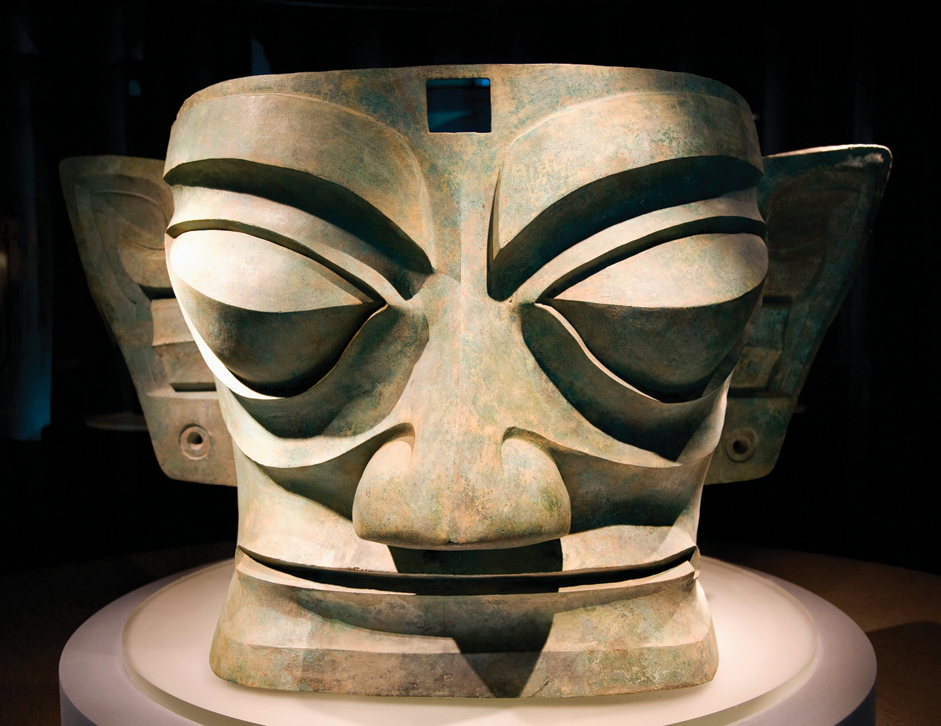A History of World Societies:
Printed Page 89
A History of World Societies Value
Edition: Printed Page 87
Introduction for Chapter 4
4
China’s Classical Age
to 221 B.C.E.

In comparison to India and Mesopotamia, China developed in relative isolation. Communication with West and South Asia was very difficult, impeded by high mountains and vast deserts. Though there was some trade, the distances were so great that they did not allow the kind of cross-
Chinese history is commonly discussed in terms of a succession of dynasties. The Shang Dynasty (ca. 1500–